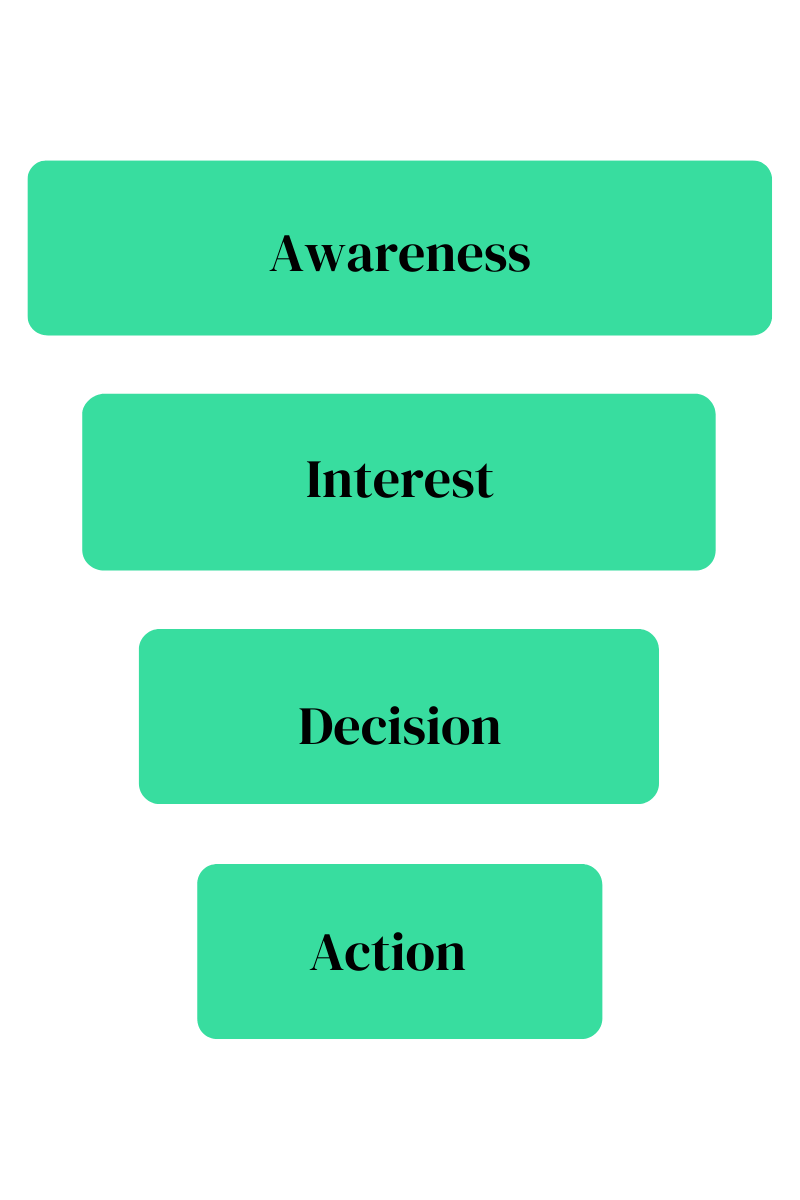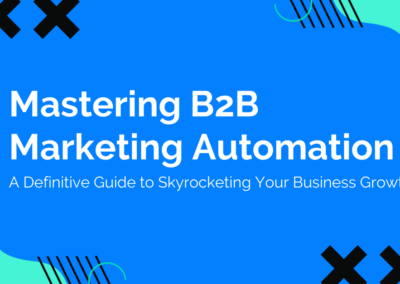Inbound marketing automation is a strategy that helps businesses attract and convert leads through the use of digital marketing techniques. It involves creating valuable content, optimizing it for search engines, and promoting it through various channels in order to attract potential customers.
Once a lead is generated, automation tools are used to nurture the lead and guide them through the sales funnel until they are ready to make a decision. In this article, we’ll take a deeper look at inbound marketing automation and how it can benefit your business.
The Benefits of Inbound Marketing Automation
One of the key benefits of inbound marketing automation is that it allows businesses to target their marketing efforts more effectively. By creating targeted content that addresses the specific needs and pain points of their target audience, businesses can attract leads that are more likely to convert.
For example, if a business sells software for project management, they might create blog articles and ebooks that provide tips and best practices for project management, and promote these resources through social media and email marketing campaigns. This targeted approach helps businesses attract leads that are interested in their products or services, and are more likely to make a purchase.
Another advantage of inbound marketing automation is that it helps businesses save time and resources. By automating certain tasks, such as email marketing campaigns and lead nurturing, businesses free up time and resources that can be better spent on other tasks, such as creating new content or analyzing data.
Automation tools can also help businesses scale their marketing efforts more easily, as they can handle a larger volume of leads and customers without requiring additional time or resources.
In addition to saving time and resources, inbound marketing automation can also help businesses improve their lead conversion rates. A survey by Hubspot found that businesses that have a defined sales process and use marketing automation tools have a 53% higher conversion rate from marketing lead to sales lead compared to businesses that do not use marketing automation.
Businesses that have a defined sales process and use marketing automation tools have a 53% higher conversion rate
Hubspot
By using automation tools to nurture leads and guide them through the sales funnel, businesses can ensure that leads are receiving the right information at the right time, which can increase their likelihood of making a purchase.
Automation tools can also help businesses track and analyze the performance of their marketing efforts, allowing them to optimize their campaigns and improve their conversion rates over time.
The Sales Funnel and Inbound Marketing Automation
One of the keys to successful inbound marketing automation is having a well-defined sales funnel. A sales funnel is a series of steps that a lead goes through on their journey from becoming aware of a product or service to making a purchase. By creating a clear and concise sales funnel, businesses can more effectively guide leads through the process and increase their chances of making a sale.
Some common elements of a sales funnel include:
Awareness: At this stage, leads become aware of a product or service through content marketing, social media, or other forms of marketing.
Interest: Once a lead is aware of a product or service, they may become interested in learning more. This is achieved through lead magnets, such as ebooks or webinars, that provide more detailed information about the product or service.
Decision: After considering their options, leads may decide to request more information. This is facilitated through the use of calls-to-action, such as contact forms or purchase buttons, that make it easy for leads to take the next step.
Action: At this stage, the lead makes a purchase or becomes a customer.

By defining and optimizing each stage of the sales funnel, businesses can more effectively guide leads through the process and increase their chances of making a sale.
In conclusion, by saving time and resources, improving lead conversion rates, and defining a clear sales funnel, businesses can increase their chances of success with inbound marketing automation.




